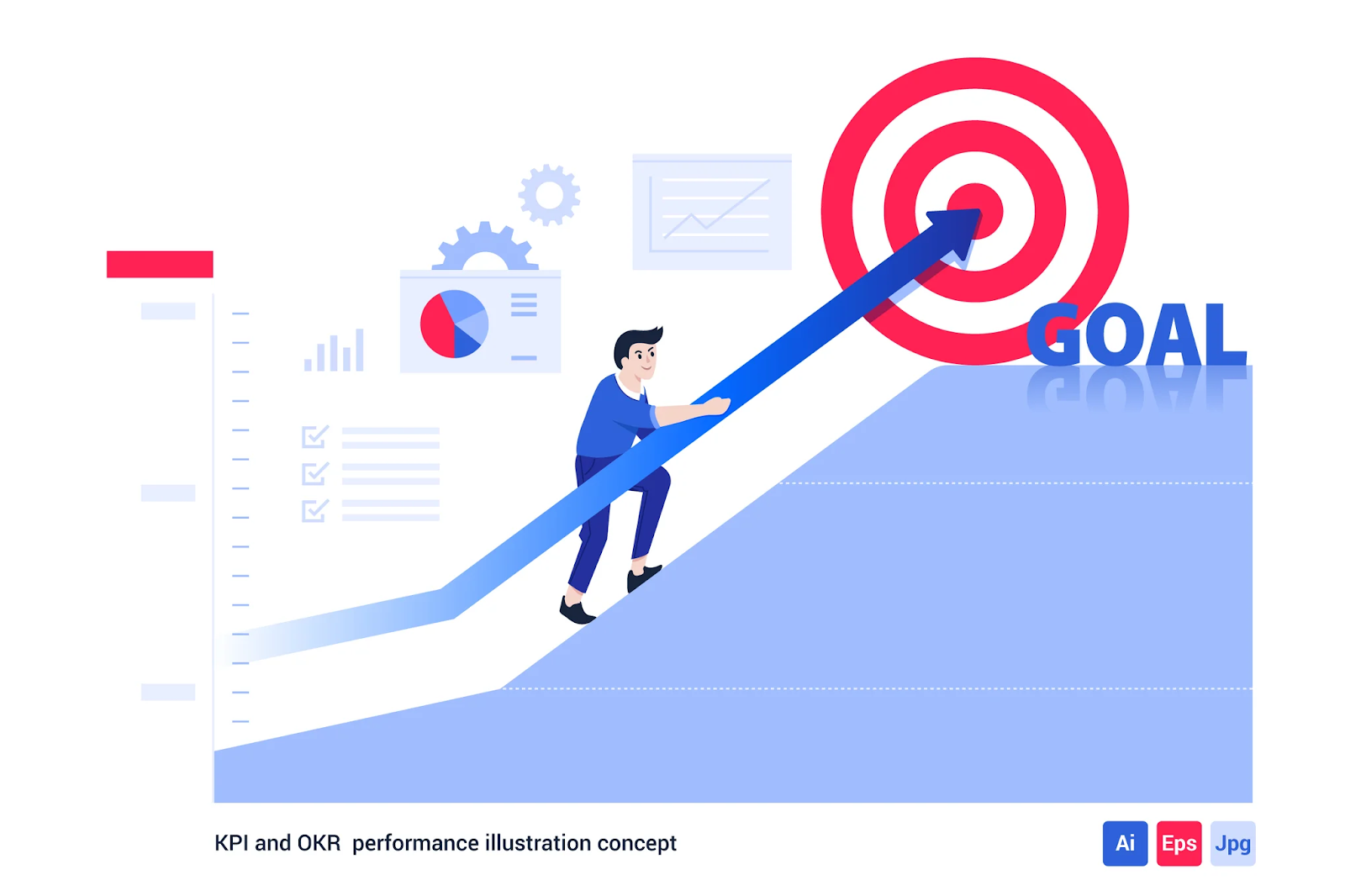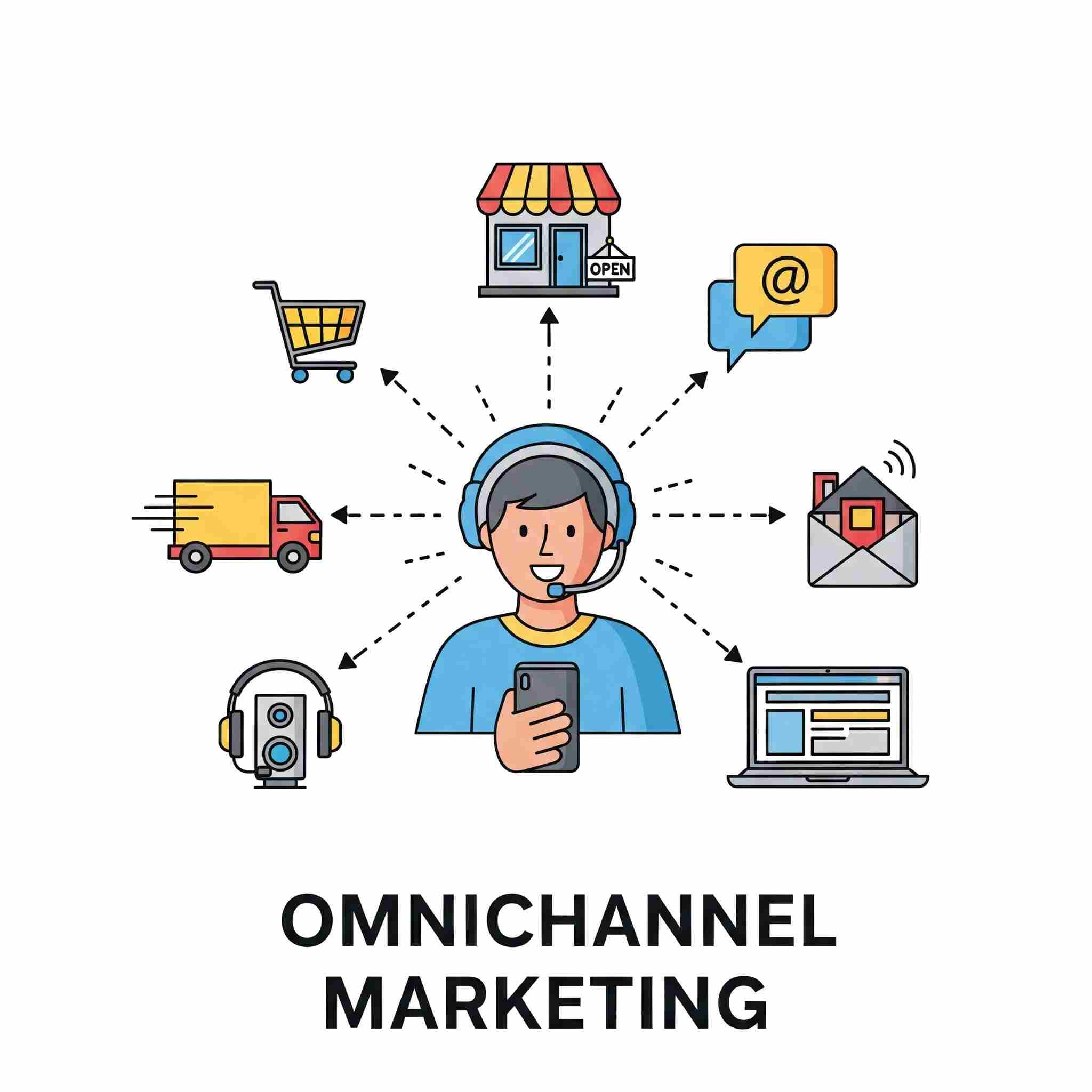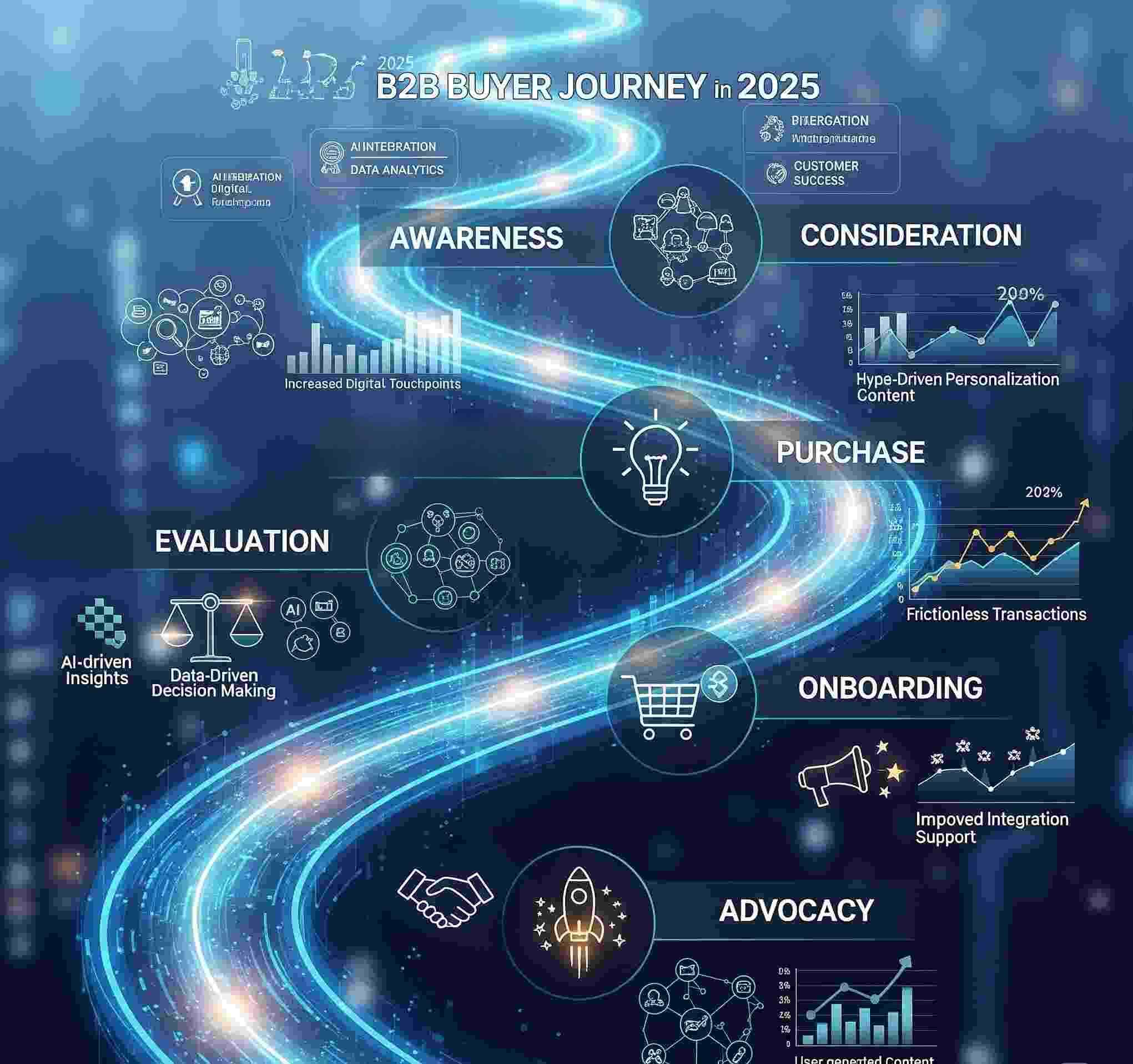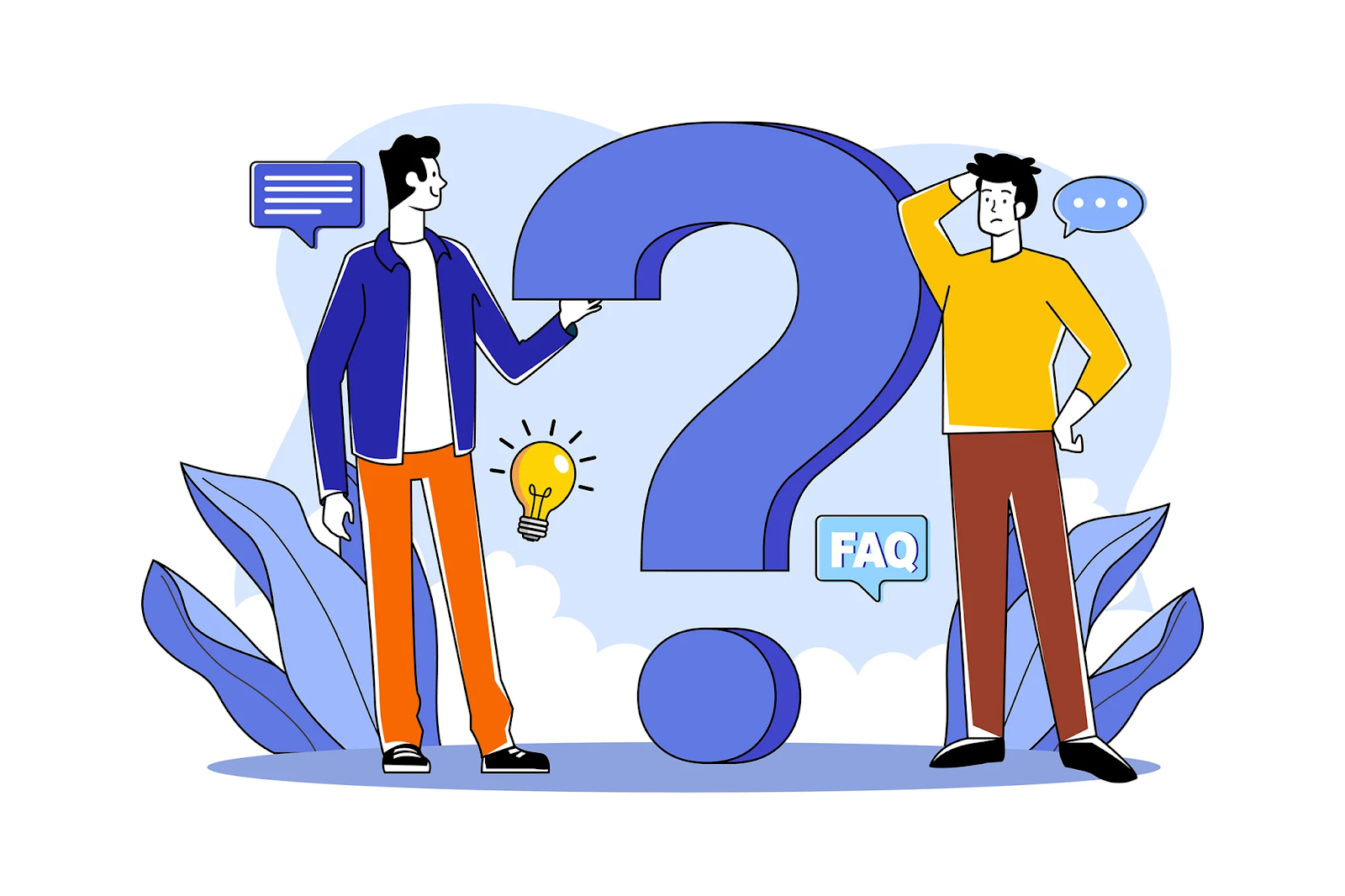Omnichannel marketing is more “omni” than ever – as B2B or B2C marketers, you have access to more marketing channels than ever before. But that’s where the challenge lies: while marketing channels have expanded significantly through the rise of mobile, email, and social media channels, marketing budgets are flatlining. A recent Gartner report suggests that marketing budgets have stabilized at 7.7% of company revenue.
So, with channels increasing but the budgets staying the same, the ROI of omnichannel marketing is more important than ever. If you want to increase conversions in 2025, you need to identify and maximize the potential of the best-performing combinations of omnichannel campaigns.
To help you do just that, this article will break down the key underlying numbers for omnichannel campaigns in 2025, including the latest industry-specific insights. By the end of the post, you’ll know exactly which channels to prioritize and which ones to avoid to ensure that you’re able to optimize your marketing budget in the age of AI-driven omnichannel campaigns. Let’s get started.
- What is Omnichannel ROI?
- Industry Benchmarks for Omnichannel Campaigns
- Channels That Drive the Most ROI in 2025
- Tips for Measuring and Improving Omnichannel ROI
- Achieve Peak Omnichannel ROI with Lean Summits
- The ROI of Omnichannel Campaigns: FAQs
What is Omnichannel ROI?
Omnichannel ROI is the measure of the incremental revenue that you can generate through omnichannel marketing campaigns. While it shares certain elements with multi-channel marketing, both these concepts differ from each other in one crucial respect.
The key distinction is that multi-channel campaigns focus on building presence across all channels, whereas omnichannel campaigns involve building a consistent, uniform, and personalized presence across specific channels.
There are three key omnichannel campaign benchmarks you need to measure to understand whether your strategy is yielding results:
- Customer Retention Rate: According to the latest Wisernotify research, the average omnichannel strategy can help you retain 89% of your customers compared to weak (33%) or no (91%) omnichannel efforts.
- Customer Lifetime Value: An American Marketing Association report shows that omnichannel shoppers have a 30% higher CLV compared to single-channel customers.
- Attribution Rate: With only a quarter of marketers tracking offline-to-online conversions, you could be missing out on understanding the complete conversion journey of your customers.
So, not only can you not afford to miss out on a comprehensive omnichannel marketing presence, you must also ensure that you’re tracking the right metrics to evaluate the impact of your campaigns on company revenue.
Industry Benchmarks for Omnichannel Campaigns
1. B2B SaaS
The B2B SaaS segment has historically been a leader in adopting the latest marketing trends and even evolving some tactics that are later adopted by other segments. As of 2025, automation and the evolution of LinkedIn have been the key drivers of omnichannel marketing. Let’s quickly take a look at what channels are performing the best:
- Cold and Warm Emails: In the B2B segment, email marketing has an engagement rate of 81.1%, and is very effective for lead nurturing or onboarding new customers. According to a Renew article, cold emails especially offer a SaaS Marketing ROI of over 3,600%.
- LinkedIn Campaigns: If you follow an account-based approach to marketing, LinkedIn is the channel you need to prioritize, along with incentivizing existing customers to review your products and services on websites like G2, Capterra, and TrustPilot.

- Webinars: According to a Coalition report, webinars can help you increase your average deal size by 47% through thought leadership and nurturing leads with a 1:1 approach. It can also help you qualify leads and provide deep-dive demos to multiple stakeholders.
- Chatbots: Website chatbots are critical as they can collect prospect data just as well as website forms. According to a Master of Code article, chatbot adoption can reduce costs by 30% and increase conversions by as much as 70%.
As a B2B marketer, you must ensure that you have a strong campaign that includes emails, LinkedIn ads/messages, webinars, and chatbots to boost your omnichannel ROI.
2. Healthcare
According to the latest Promodo survey, the industry average Cost Per Lead in healthcare is nearly $50, with the patient acquisition cost ranging between $300 and $1,000. However, a Disrupting Healthcare article shows that omnichannel campaigns can help you reduce this cost by as much as 50%. This is what makes omnichannel marketing extremely important for the healthcare industry. Let’s take a look at three trends that indicate the key healthcare marketing benchmarks in 2025:
- Mobile Apps: With more than 30% of all Americans using healthcare apps daily, Promodo’s research shows that you can increase engagement (like appointment bookings) by nearly 70%.
- SMS/WhatsApp: While customers might not prefer receiving direct messages from companies, SMS/WhatsApp messages have proven to be very effective in patient communication and reminders.
- Targeted Ads: According to a Net One Health article, the average healthcare enterprise spends nearly $51,000/month on targeted ads, and the segment as a whole reports an industry-leading 2.6% conversion rate.
As you can see, healthcare marketing relies heavily on a mobile-first approach combined with targeted ads to build its omnichannel presence.
3. e-Commerce & Retail
Nearly 75% of all shoppers use multiple channels (email, mobile apps, websites, and physical stores) to compare and purchase products. The key ROI metric for e-Commerce and retail is that omnichannel campaigns with 3+ channels generate a nearly 500% higher order rate compared to single-channel campaigns. Here are the three best-performing channels for retail marketing in 2025:
- Social Commerce: According to an Amra & Elna article, sales that can be directly attributed to social media platforms like TikTok and Instagram are projected to hit $100 billion by 2026. So, as a retailer, you can’t afford to miss out on having a comprehensive presence on social media.
- Email Marketing: A recent MoEngage report shows that 78.8% retailers are using emails for promotions and cart recovery, making it the most widely used channel for retail marketing.
- Mobile Application: As a retailer, you can massively increase your order rate by implementing personalized offers, loyalty programs, and push notifications.

Your ability to maximize omnichannel ROI thus depends on how well you can use social media, mobile apps, and email marketing to acquire and retain customers.
4. Logistics & Supply Chain
In the logistics and supply chain segment, the customer experience you can deliver is as important as the marketing efforts you undertake. For instance, while more and more B2B logistics buyers expect an Amazon-like shopping experience, implementing real-time tracking can reduce customer queries. With a single move, you can market your services and slash your CX budget by nearly a third.
There are three specific marketing channels that you should consider to build your omnichannel presence in the logistics segment:
- Supplier Portals: One of the best ways to access load boards, get leads, and compete with other enterprises is to sign up for supplier portals that work as shipping marketplaces.
- Chatbots: Another very good way to show your customers that you’re committed to giving them a user-friendly experience is to implement chatbots to increase order speeds, handle regular queries, and cut call center costs.
- Email Marketing: According to Pipeline CRM’s recent article, the shipping and logistics industry has an email open rate of nearly 33%. This makes it very useful for generating leads through personalized emails and retaining existing customers through emails for contract extensions.
Along with these three channels, we’ve also had great success in driving omnichannel ROI through SEO and GEO marketing for our shipping clients. So, don’t forget to factor in the importance of original content to drive demand for your services.
Channels That Drive the Most ROI in 2025
Till now, we’ve explored which channels work best for specific segments. In this section, let’s take a quick look at which channels are driving the most overall ROI:
| Channel | Effectiveness | Key Insight |
| 73.5% | Highest retention & conversion rates. | |
| Mobile App | 51.6% | Push notifications boost engagement by 80%. |
| 43.1% | Doubled adoption since 2024. | |
| Retail Media | 23% YoY growth | Amazon/Walmart ads outperform Google Ads. |
| Programmatic OOH | 11.5% growth | Real-time weather/event-triggered ads. |
Our recommendation: Use this breakdown to allocate your marketing budget among different channels for your omnichannel segment. This will ensure that you’re spending the optimal amount of money on different channels.
Tips for Measuring and Improving Omnichannel ROI
1. Break Down Data Silos
With omnichannel marketing, you might have to collect a lot of data across channels, while you can’t compromise on either customer privacy or uniformity in the data. So, we highly recommend using a fully integrated omnichannel tech stack.
Your prospecting, marketing, lead generation & scoring, CRM, and post-sales software should integrate. You can do this by using a Customer Data Platform (Salesforce, Adobe, and others) that unifies online + offline data in one safe place.
2. Leverage AI for Attribution
If you’re not able to attribute a conversion to a marketing channel, either directly or indirectly, you might not be able to replicate the results. One way to ensure accurate attribution is to use data modeling and AI-powered analytics. This will help you track conversions via both offline and online channels.

3. Test Incrementality
A/B testing is also a great tactic you can use to combine experimentation and attribution for your omnichannel campaign. For example, you can include or exclude specific channels for a sales cycle and see how it performs. This will tell you which channel works well and how important it is to your marketing efforts.
4. Optimize for Mobile Commerce
To completely optimize your omnichannel strategy, you should adopt a mobile-first approach. Not only do most e-commerce, retail, and logistics sales happen online, but more than half of all organic traffic comes from mobile devices. This means you need to implement one-click checkouts, instant tracking, and mobile-specific layouts on your website and/or application.
Achieve Peak Omnichannel ROI with Lean Summits
This post has broken down the growing importance of omnichannel marketing ROI due to the rise in the number of channels you can access, combined with stabilizing marketing budgets. It’s all the more important that you carefully assess your options for long-term success without losing customers or order rates in the short run.
This means you need to combine experimentation with tried-and-tested strategies – a difficult balancing act that will have a direct impact on your revenue. The good news is that an experienced growth marketing agency like ours can help you achieve this perfect balance between assessing different marketing channels while ensuring that you don’t miss out on maximizing your immediate revenue.
We’ve had tremendous success in helping market leaders across different industries achieve peak omnichannel revenue by implementing hyper-targeted campaigns. If you, too, want to execute omnichannel campaigns customized to your short-term priorities and long-term objectives, why not connect with us? Tell us about your growth goals, and we’ll create a tailored plan to help you conquer the summit of your market.
The ROI of Omnichannel Campaigns: FAQs
1. What is Omnichannel Marketing ROI, and Why Does It Matter in 2025?
Omnichannel ROI measures the revenue boost from campaigns that blend different channels, such as email, social, and mobile, into one campaign. In 2025, it’s critical for two reasons:
- Budgets are flatlining at 7.7% of revenue (Gartner), but omnichannel strategies drive 287% higher purchase rates than single-channel efforts.
- Customers expect unified experiences, with 73% using multiple channels before buying.
2. Which Industries See the Highest Omnichannel ROI in 2025?
Here’s an industry-wise breakdown of omnichannel campaign ROIs in 2025:
- B2B SaaS: 73.5% email effectiveness + LinkedIn ads convert 5.3x more with reviews.
- Healthcare: SMS reminders are highly effective (75.2%), reducing patient acquisition costs by 50%.
- E-commerce: Social commerce (TikTok/Instagram) is expected to drive $100B in sales by 2026.
- Logistics: Email marketing and presence on shipping marketplaces are key to acquiring and retaining customers.
3. What’s the #1 Channel for SaaS Marketing ROI?
Email (81.1% engagement) + webinars, which increase deal sizes by 47%. We highly recommend pairing them with LinkedIn for ABM: it’s 66.7% more effective when combined with customer reviews.
4. How Can Logistics Brands Improve Omnichannel ROI?
To improve your logistics marketing benchmarks, focus on three things:
- Supplier portals (improve PO accuracy by 35%).
- Chatbots (cut call center costs by 25%).
- Mobile tracking (reduces customer queries and builds trust for retention).
5. What’s the Best Healthcare Marketing Benchmark for 2025?
In healthcare marketing, mobile apps deliver 68.6% engagement, and SMSes are very effective for reminding patients about their appointments. Plus, targeted ads have a conversion rate of 2.6% – the highest of any industry.



